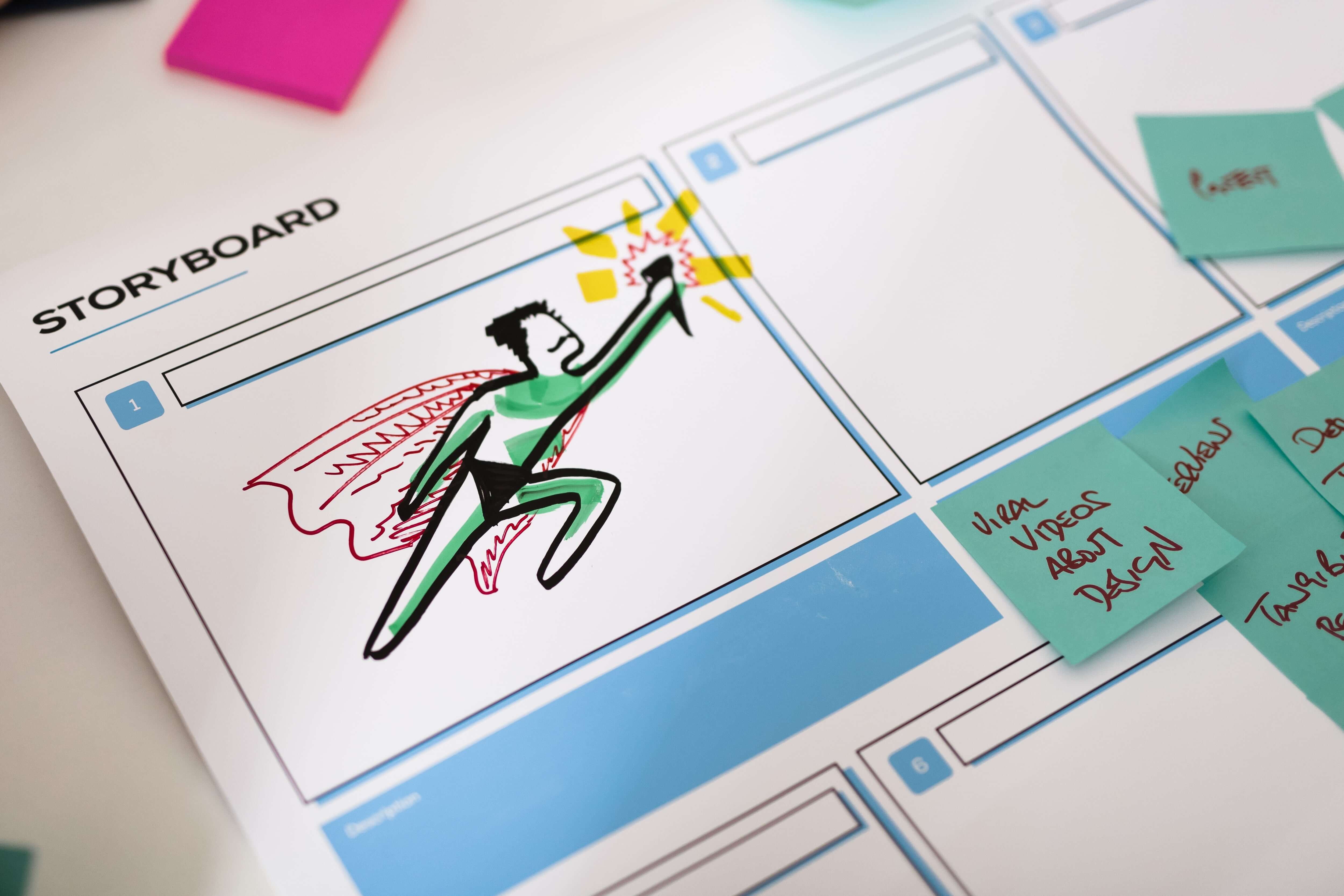
All good things come to an end
Our project is officially closed but our mission to make European regions more competitive, sustainable, collaborative and beautiful continues.
Design for Innovation (Design4Innovation) is a collaborative project of eight European partners working together to promote design as a tool for user-centred innovation. Design4Innovation aims to help small and medium enterprises create more desirable products and services, be more profitable and grow faster; ultimately enhancing competitiveness of European SMEs. The project corresponds with the European Commission’s ‘Action Plan for Design-driven Innovation’ (2013), which states that: "A more systematic use of design as a tool for user-centred and market-driven innovation in all sectors of the economy, complementary to R&D, would improve European competitiveness. Analyses of the contribution of design show that companies that strategically invest in design tend to be more profitable and grow faster."
The Commission encourages all EU Member States and Regions to develop Design Action Plans. However, the route to building capacity for design-driven innovation in SMEs is not clear for policy-makers. Through interregional knowledge exchange, we will identify best practice in design support mechanisms for SMEs and engage with policy-makers to integrate support instruments for design into the ERDF operational programmes and other policy documents.
At the end of the knowledge exchange phase in 2019, we have achieved impressive results:
To better inform evidence-based policy-making, we monitored the impact and evaluated effectiveness of implemented mechanisms during 24-month monitoring phase. At the end of 2021 the final impact monitoring exercise revealed that we manged have mobilized over €13.6m of new investment in design (that is seven-fold return in investment in our project) which directly benefited over 620 small businesses and many more indirectly. And most of the support initiatives influenced by Design4Innovation are still continued to be delivered and will create more impact in the future.
Among other initiatives our project has managed to influence the following policy changes:
In 2022, we continue to create more impact through Interreg Europe 5th call extension activities.
€1,937,125.00
SME competitiveness
The ERDF OP East Wales is driven by an “unequivocal focus on investments that can contribute to the creation of sustainable jobs and economic growth”. The SME Competitiveness priority aims to promote entrepreneurship and business start-ups through a range of measures including financial support such as innovation vouchers as well as non-financial support such as mentoring.
We believe that design-driven innovation could enhance both of these measures. We intend to influence both investment priorities 3a and 3d through specific objectives 2.1: To increase the amount of finance available to SMEs for both business start-up and for business expansion and SO 2.2: To increase the number of SME start-ups through the provision of information, advice and guidance and support for entrepreneurship. The Welsh Government intends to provide financial support to 55 companies and non-financial support to 6,420 companies with €79m.
Design is a user-centred approach to innovation that can add value to product and service creation within SMEs through a greater customer focus in the development phase. Design is already highlighted in the Innovation Strategy for Wales but has not yet been included in the OP East Wales. PDR has been working with the Welsh Government Innovation Team for many years and enabled them to integrate design into their innovation strategy. Now we want to work strategically with them to harness the power of design within the innovation vouchers and mentoring programmes.
ERDF OP Flanders has 4 investment priorities regarding SMEs focused on EU2020:
The total value of investment in the priority axis dedicated to SME competitiveness in Flanders is €87m to provide non-financial support to 1,635 SMEs.
There is considerable room for improvement as the Flemish OP provides significant opportunities to incorporate design. All four investment priorities in the SME’s axis (2a, 2c, 2d and 2e) offer possibilities to include measures for design-driven innovation to enhance competitiveness of Flemish SMEs. Design has a chance to induce innovation by being included in business incubators, new business models, mentoring, specialized expertise, design-driven innovation, co-creative processes, and living labs. We are seeking to influence the OP so that 250 companies can access non-financial support for design.
EPAnEK is financed by the ERDF (€2,971m) and covers all 13 regions of Greece. EPAnEK and the S3 connects innovation and entrepreneurship for the competitive advantage of priority sectors: tourism, energy, agrifood, environment, ICT, health, creative industries and construction. EPAnEK is structured around the following Priority Axes:
The total value of EPAnEK exceeds €4.6 billion. We are seeking to influence a fraction of Structural Funds supporting this investment: €120m. EPAnEK will provide financial support to 2,835 SMEs and we hope to provide financial support to 250 SMEs for design.
The Latvian single multi-fund OP Growth and Employment aims at achieving key national development priorities under Europe 2020. The OP has nine priority axes and one is specifically dedicated to SME competitiveness. It supports three ERDF investment priorities (3a, 3c, 3d) and one ESF investment in institutional capacity and in the efficiency of public administration.
Design is mentioned in regards to the priority 3d (Supporting the capacity of SMEs to grow in regional, national and international markets, and to engage in innovation processes) among the actions to be supported: ”It is particularly important to promote nontechnological innovations of demand and supply, innovations and ecoinnovations of business model, innovations in service sector and design.” However, we believe there is room for a broader and deeper inclusion of design-driven innovation for SMEs competitiveness for technological and user-centred innovation too.
The total value of investment in the priority axis dedicated to SME competitiveness in Latvia is over €373m and we are seeking to influence 40% of Structural Funds supporting this investment, which amounts to around €127m. The OP aims to provide financial support to 1,750 SMEs and non-financial support to 1,000 SMEs. Through Design4Innovation, we are seeking to influence the OP and anticipate that around 125 SMEs will benefit from financial support for design and 125 SMEs will benefit from non-financial support for design.
In Malta’s OP1 there is a big emphasis on financial support for SMEs – 9.2% of ERDF resources will be implemented through financial instruments. This is triple the allocations to financial instruments made in the previous programming period.
The OP1 does not include any explicit measure to support the use of design-driven innovation. However, we want to make the case for why design-driven innovation should be included in measures under priority investment 3a Promoting entrepreneurship, in particular by facilitating the economic exploitation of new ideas and fostering the creation of new firms, including through business incubators. As well the priority 3d offers opportunities to implement new measures to increase SMEs capacity to engage in innovation through design. The Valletta Design Cluster is an initiative of the Culture Directorate at Ministry for Justice, Culture and Local Government. To ensure the success of the Valletta Design Cluster it is important that it operates in conjunction with the broad innovation policy instruments in Malta such as voucher and mentoring programmes.
The investment in SME competitiveness in Malta is €53m and we are seeking to influence 40% of Structural Funds supporting this investment, which amounts to €17m.The OP aims to provide financial support to 280 SMEs and nonfinancial support to 180 SMEs. We anticipate that 130 SMEs would access financial support for design and 120 companies would access nonfinancial support for design.
The multi-fund ERDF/ESF OP aims to fulfil the vision of the Silesia 2020 Development Strategy. The OP provides for support on all 10 thematic objectives, with measures directed at SME Competitiveness getting as much as 12% of the total investment, which amounts to almost €360m to support over 1400 enterprises.
Design has been identified in the Silesian Innovation Strategy as the innovative method to develop better products and services in S3 sectors and also appears in the OP in priority investment 3a - promoting entrepreneurship: “Support will be provided for enterprises located in incubators providing the necessary infrastructure to conduct business and effective training and consulting in strategic management and business monitoring, user-oriented innovation and design, international expansion according to the specific needs of SMEs, as well as advisory support and training in running an innovative business”. We believe that provisions for design in the OP should be more strategic. Therefore we intend to develop Design Action Plan to introduce design mentoring programme and train innovation advisors in design. Design Action Plan will address the issue of the insufficient use of financial instruments for innovation among SMEs - we will aim to introduce design into financial support under the priority 3c - Supporting the creation of advanced capacities for products, services and development. We want 50 SMEs to get financial support and 200 SMEs to get design mentoring.
In line with EU2020 and regional S3 targets, the OP Galicia aims to boost sustainable economic development by job creation - especially in sectors with high added value, and by improving the competitiveness of the regional economy by supporting SMEs. The Galicia OP motto is “boosting recovery under a new growth model”.
Priority 3 is dedicated to SMEs competitiveness with two investment priorities: 3a - Promoting entrepreneurship, in particular by facilitating the economic exploitation of new ideas and fostering the creation of new firms, including through business incubators and 3d - Supporting the capacity of SMEs to grow in regional, national and international markets, and to engage in innovation processes. Design activities are not included in the measures under these priorities and this is something we plan to improve by implementing best practices learned through interregional cooperation. As part of this, the Galician Innovation Agency provides mentoring directly to businesses. However, design is not yet included and we are keen to build capacity for design among SMEs.
The SME competitiveness priority in Galicia is worth €179m and we are seeking to influence 40% of Structural Funds supporting this investment, which amounts to around €57m. The OP aims to provide financial support to 2,578 SMEs and non-financial support to 3,416 SMEs. We anticipate that 125 SMEs would access financial support for design and 125 companies would access non-financial support for design.
In line with EU2020 and Catalonia 2020 Strategy, the ERDF OP Catalonia 2014-2020 aims to boost economic growth in the region of Catalonia and to help it contribute to Europe reaching its goals of smart, green growth for all. EU funding is targeted primarily on Research, Development and Innovation, improved access to quality ICT, and an increase of their use in public and private sectors. The OP aims to strengthen SME competitiveness through better access to credit, advisory and other specialized services.
Priority 3 is dedicated to SMEs competitiveness with 3 investment priorities:
Design-driven innovation activities are not foreseen in the programme and this is what we plan to improve by implementing best practices learned through interregional cooperation.
According to data collected in 2012, Catalan business ecosystem is made up of micro-enterprises (95%) and small companies (4.3%). It is then necessary to develop mechanisms and tools to facilitate the access of SMEs to finance, improving the competitiveness and development of innovative activities including design driven innovation methods.

Our project is officially closed but our mission to make European regions more competitive, sustainable, collaborative and beautiful continues.
Connecting SMEs, design and innovation through new support measures

Last year the Design Council announced a launch of the next edition of their 'Design Economy' study. For the first time ever, it investigates the social and env...
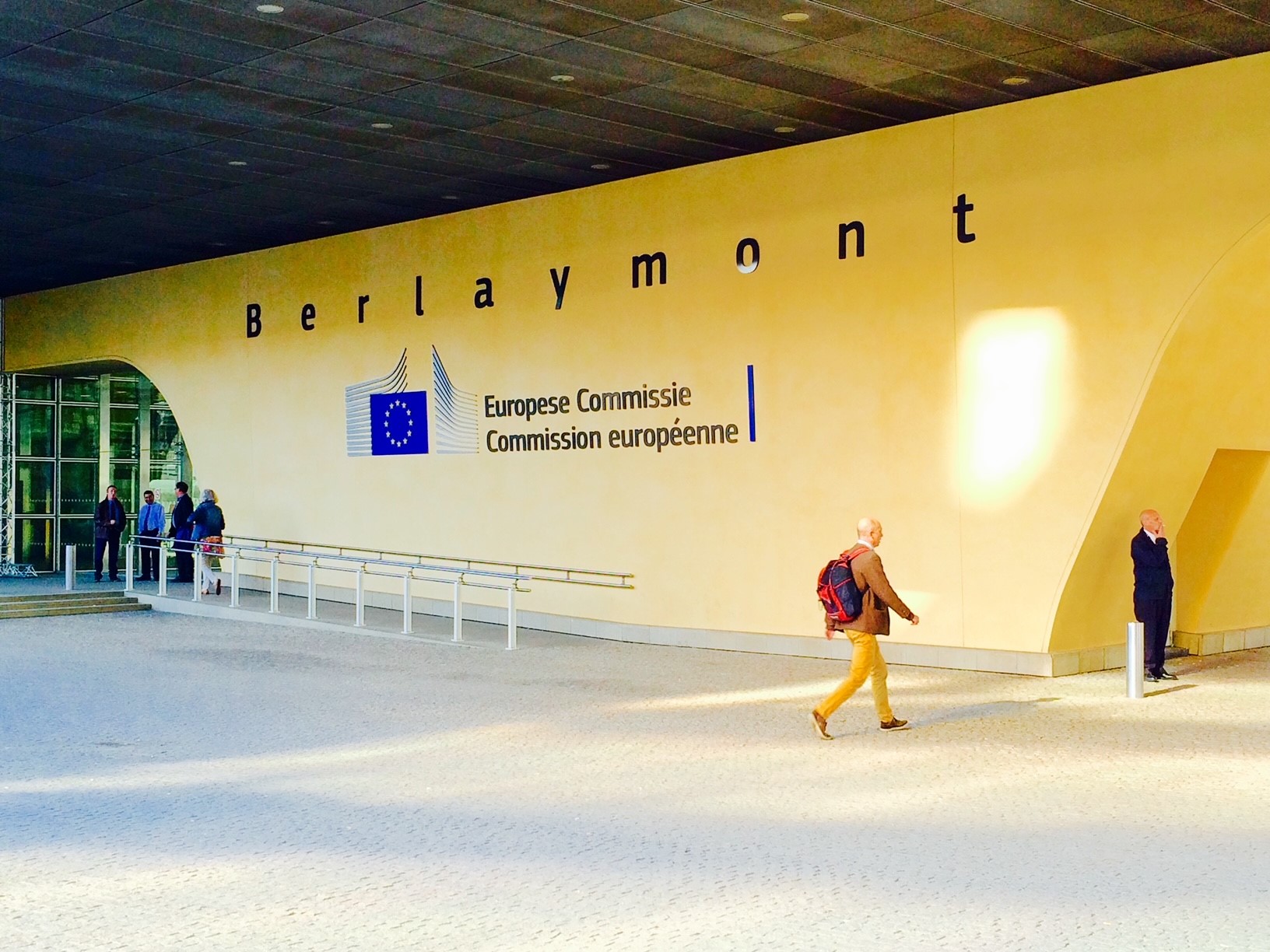
Design Advocacy – championing the design cause
Even despite the summer time, Design4Innovation partners are not slowing down. In Santiago de Compostela, we have been exchanging ideas on how to best support..

Read the Flemish design sector impact report - an output of the Design4Innovation Action Plan in Flanders.
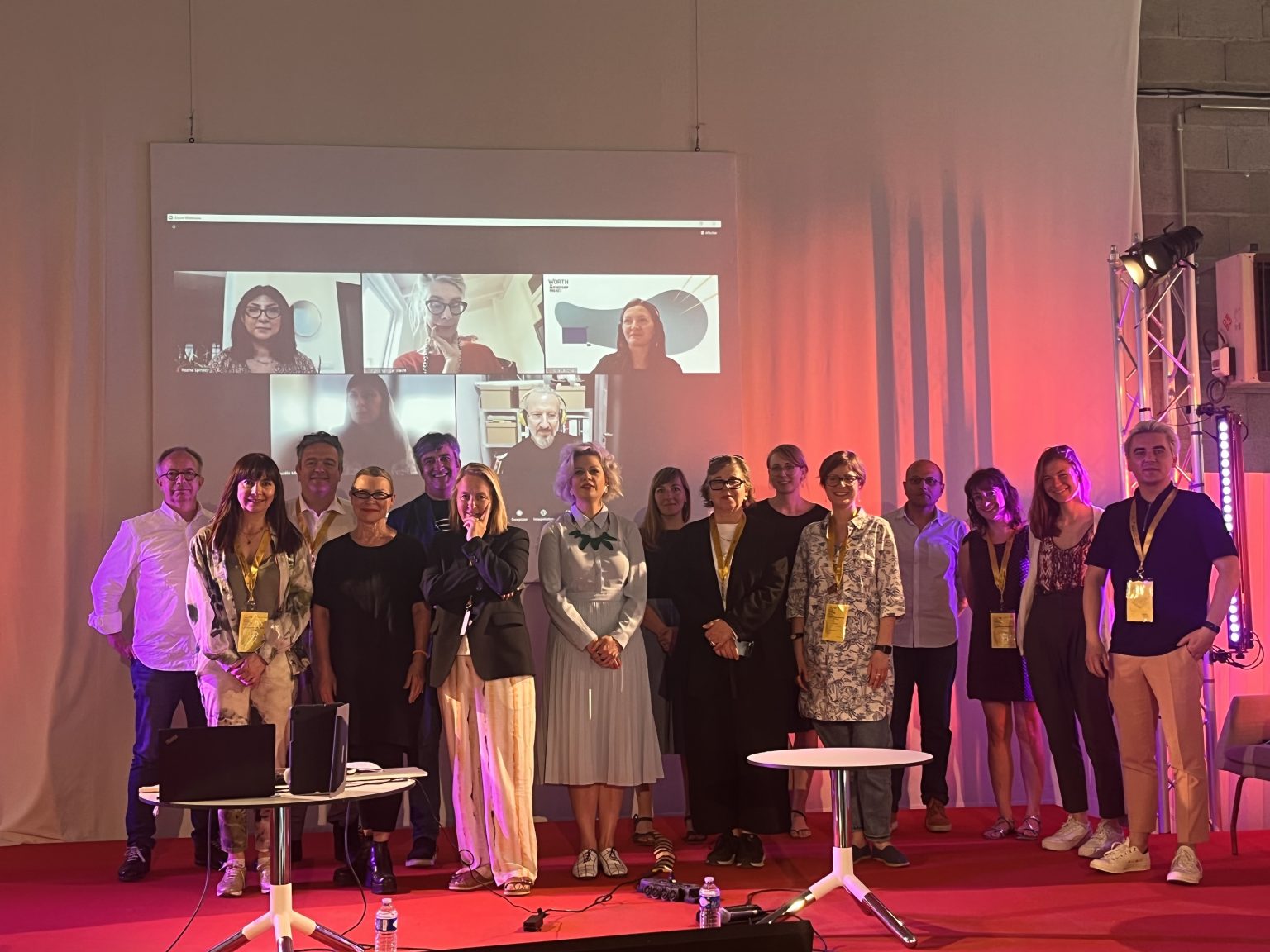
A strong message on the role and value of design has been communicated from the European Commission officials at the BEDA Forum 2022.
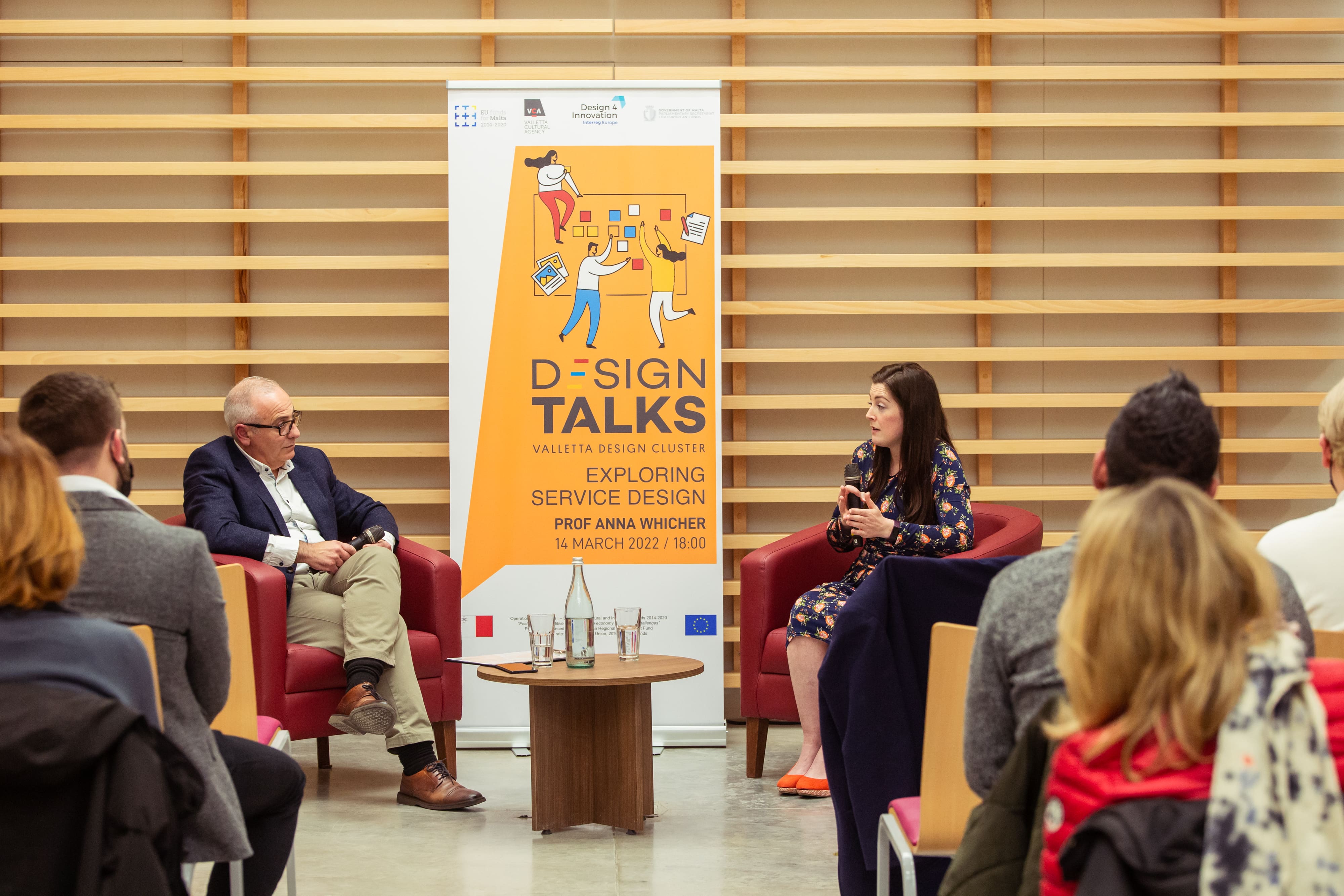
The pandemic has had a massive impact on our lives, we explore how design support has evolved as a result of the crisis and how it can help going forward.
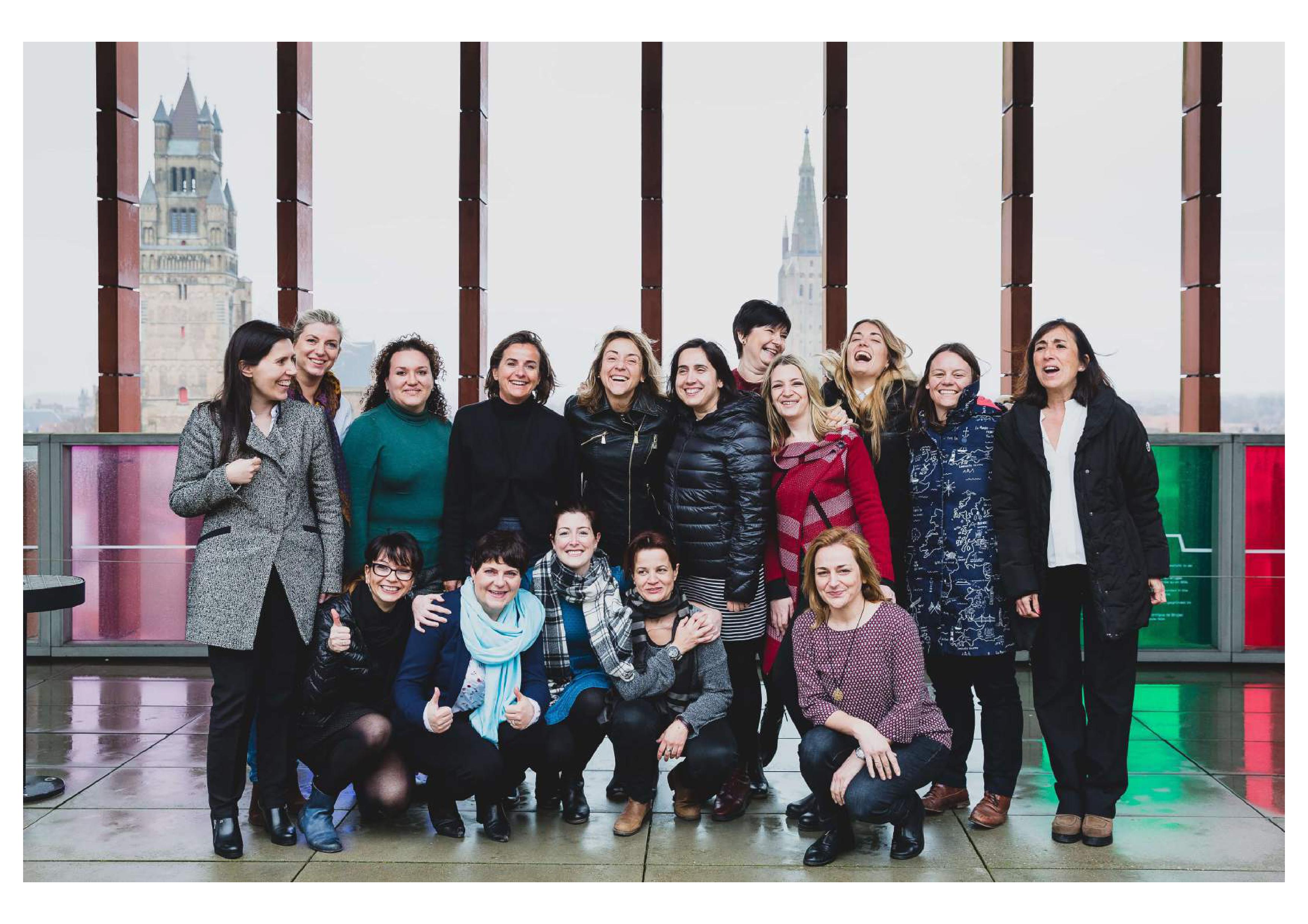
As we officially conclude the original plan of project activities, we look back at five years of design support peer learning.
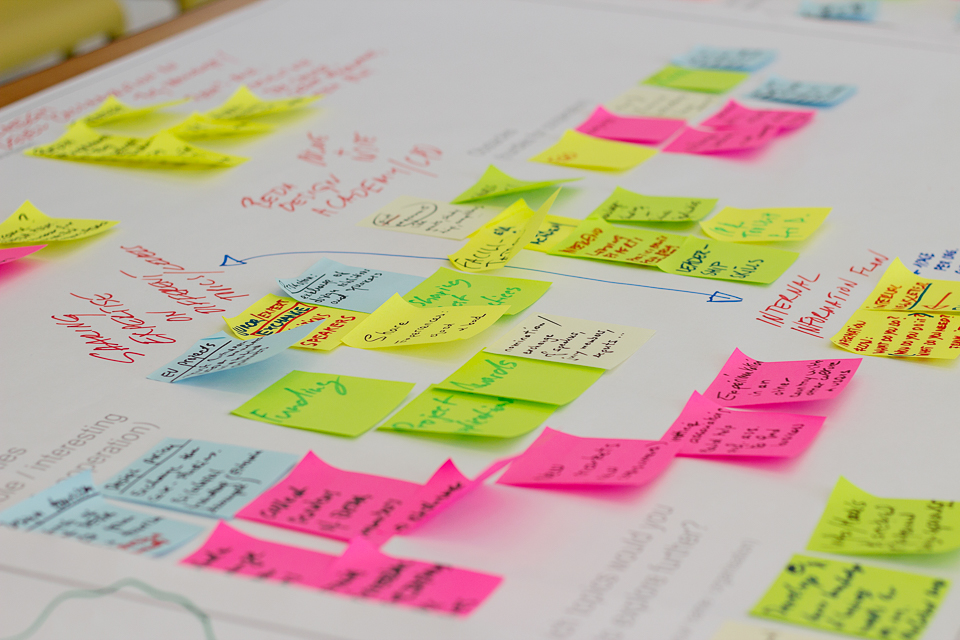
Read a report that will be useful to anyone aiming to measure design activity and impact of design in business.